Kerala, known as God’s own country, is an exotic tourist destination with mesmerizing forests, palm fringed beaches, undulating hills and beautiful backwater with surrounding lush green vegetation. Cultural diversity and richness are the other attraction of Kerala. As Hindus, Christians and Muslims live here with harmony, all religious festivals are celebrated in Kerala grandly. People of all community take part in such festivals and celebrate irrespective of their religion. As Government take initiative to use such festivals for the promotion of tourism through various programs, many people from all parts of the world visit Kerala during festival seasons.
1 Onam
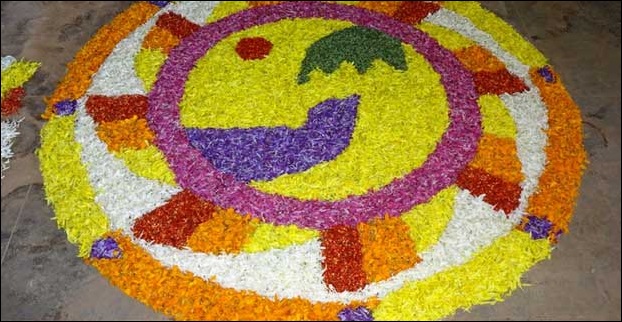
Onam, the national festival of Kerala, is undoubtedly the king of festivals in the state. It is the largest ted day harvest festival celebrated in the month of Chingam in Malayalam Calendar and August-September in English Calendar. There is an old legend associated with Onam. Once a generous king named Mahabali ruled Kerala and perfect harmony and prosperity prevailed during his reign. The growing popularity of Mahabali led to the envy of the Gods. So Mahavishnu took his fifth incarnation in the form of a dward Brahmin named Vamana and expelled him from Mahabali from his throne to the netherworld. But, Lord Vishnu allowed Mahabali to visit his people once a year during Onam.
Even though the myth is related to Hindu religion, all people in Kerala celebrate Onam irrespective of religion. The main ritual associated to Onam is flower decoration in different designs on the courtyard of houses from the first day called Atham to the tenth day called Thiruvonam. The elders at home present new dress to the younger ones and children. On the day of Thiruvonam, family members get together and a grand feast is prepared at every home. In earlier days, people were engaged in various games after feast. Women were gathering together and performing ‘Kaikottikkali’ a traditional group dance. Onam breaks the barriers of caste, religion and creed ensuring the participation of all people in the state.
2 Vishu
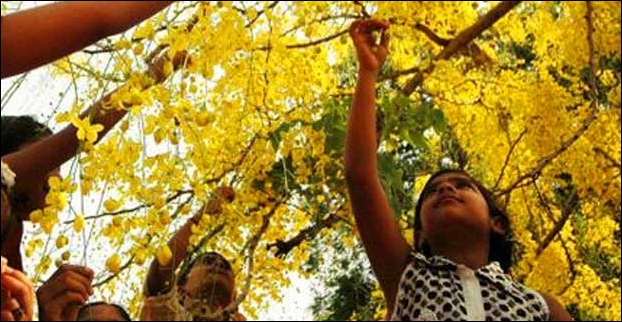
Vishu, celebrated in the month of April and the first day of Malayalam month, is the second most important festival of Kerala. This is the day, which is considered as the Malayalam New Year starts on. Vishukkani, which literally means the first thing seen on the day of Vishu after waking up, is the most important event of this festival.
Vishukkani is a collection of many things that are the symbols of fortune and richness. They include rice, yellow cucumber, fruits, konna flowers, halved coconut, gold, coin, bell metal mirror, white clothes etc. All these are arranged in a pot in front of an oil lamp and a statue of Lord Krishna on the previous day night itself by the ladies of the house. They also bring the children and youngsters blind folded from their beds to where the Kani is kept and show it to them.
The head of the family of elder people distributed coins to children or younger ones or servants and other workers wishing them good fortune throughout the year. This is called Vishukaineettam. Children do shopping for crackers with the amount they get as Vishukaineettam. Vishu kanji is the special cuisine made on this day. It is prepared with rice, milk, coconut and other delicacies prepared with jack fruit and mango etc.
3 Ramdan Eid (Eid-ul-Fitr) and Bakri Eid (Eid-ul-Adhaa)
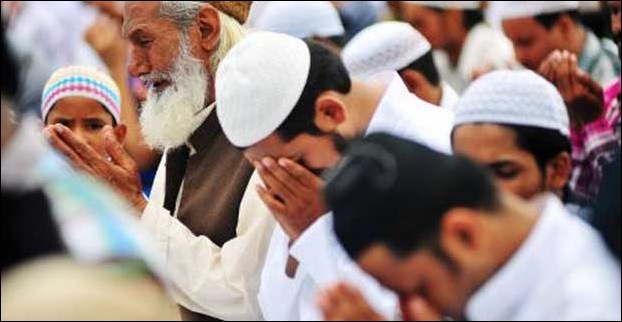
Ramdan and Bakrid are festivals of Muslims. The word ‘Eid’ is an Arabic name, which means celebration, festivity, a recurring happiness and a feast. There are two Eids namely the fest of Ramdhan and the feast of sacrifice.
The first Eid is celebrated as a matter of thanks and gratitude to Almighty Allah, after fasting the month of Ramdhan. It takes place on the first day of Shawwal, the tenth month of lunar calendar. Throughout the whole month of Ramdhan, Islam believers take fast during the day even without drinking water. They spend the whole month praying and reading their holy book ‘Quran’. Ladies prepare lots of different traditional food items including snacks in the night to break the fast. On the day of Eid, people gather in the mosque and offer special prayers.
The second Eid is celebrated for the memory of prophet Ibrahim trying to sacrifice his son Ismail. It lasts four days between the tenth and the thirteenth day of twelfth month of lunar calendar called Zul-Hijjah. Muslims visit the mosque dressing up in new clothes and perform prayers for peace and prosperity of all. Wealthy families provide one animal for sacrifice, while the poor families contribute one animal to sacrifice jointly. Two thirds of the meat is distributed to the poor and the rest is consumed by the family.
4 Chirstmas
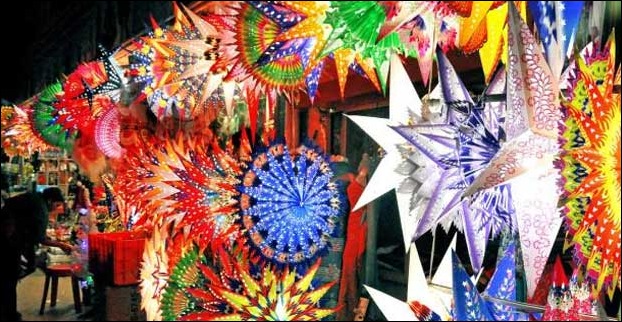
Christian community also contributes a significant role in the population of Kerala and so Christmas is also celebrated here widely. Just like the Christians all over the world, believers in Kerala also eagerly wait for the birthday of the Jesus Christ. Churches hold mass and believers attend the prayers at the church with family on Christmas day. Parades on Christmas Eves in major churches of the state are worth to watch. People decorate their homes with Christmas stars, Christmas tree and the Crib etc. The Christmas special cake is also prepared at the homes. People go relatives’ and friends’ homes and exchange gifts. The most interesting thing is visit of Santa Claus to each home with songs and music.
Even though Christmas came to Kerala as the result of foreign invasion, the people here celebrate it in their own little way due to the influence of native culture. Keralites celebrate Christmas with a tag of local flavor. Nowadays, people from other community also get involved in the celebration and thus Christmas spread a message of love and brotherhood. It brings the season of joy and cheerfulness to the households of Kerala.
5 Thrissur Pooram
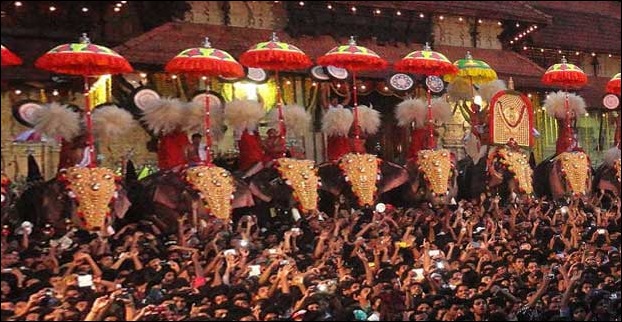
Kerala is land of temples and temple festivals. If you visit Kerala during the period of January to April, you can watch numerous festivals related to famous temples throughout the state. Thrissur pooram is the most famous among them. This wonderful and vibrant festival, celebrated in the Malaylam month of Medam or generally in April or May, attract even foreign tourists at Vadakkumnathan Temple in Thrissur, Kerala. The belief behind the festival is that the nearby gods come and meet at Vadakkumnathan temple
The main attraction of this festival is “kudamaattam”, in which two traditional groups “Paramekkavu” and “Thiruvambadi” stand face to face with a row of 15 dressed elephants. Late afternoon, both sides complete each other by displaying crafted umbrellas unfolds in different colours and designs one by one standing on the top of these elephants. This is called kudamattam. Illanjitharamelam, the orchestra formed by traditional instruments like Chenda (drum), kombu (trumphet), kuzhal (pipe) and elathalam (cymbals), is another main event in Thrissur Pooram. When the sun sets down the west horizon, the most awaited event named vedikkettu will start. Two temple teams enter into a competitive display of fireworks, which light up the sky for a couple of hours. It starts at 2.00 am.
After Vedikkettu, the visiting gods return to their temples in grand procession saying bye to Vadakkumnathan, the Lord Shiva.

Welcome to MithilaConnect, where we curate the art of living, celebrating the vibrant tapestry of life through culture, fashion, food, and everything in between.
